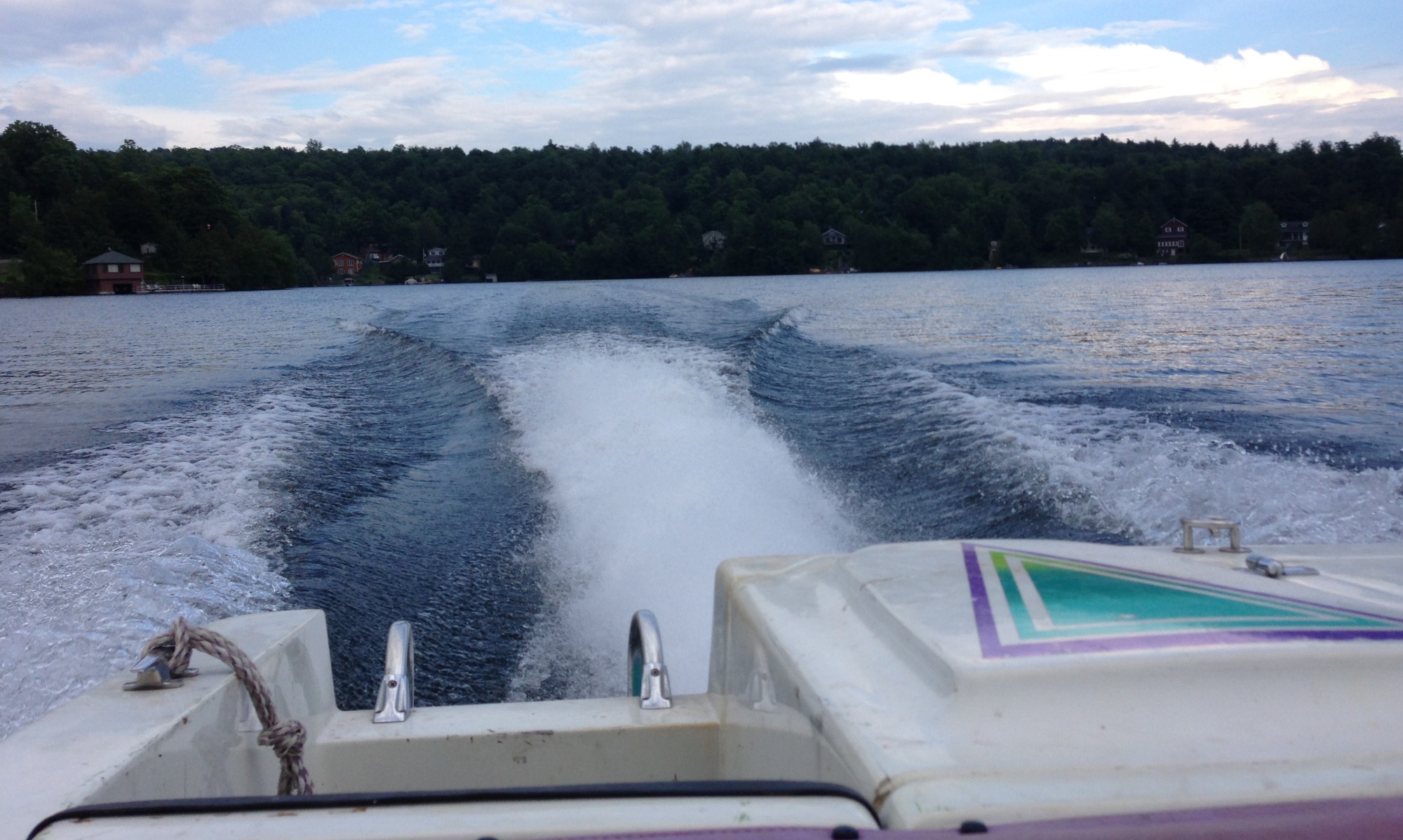This post contains only the boring backup and official documentation referred to in the other posts. It’s too detailed to be interesting to most people. The conclusions based on the documentation have already been published in other posts.
First is the Letter obtained through access to information showing that Quebec doesn’t have a single scientific document supporting its Environment policies. Click the following link to see the letter.
The letter refers to their Policy Guide. They say the Guide shows the objectives, rationale and legal foundation of the policy. In other words, without a problem having been established or a solution tested, they have implemented their policy. It’s like making people take a drug that hasn’t been tested, for a disease that doesn’t exist
Finally, in their letter they refer to a link with scientific documentation on buffer zones alongside waterfront. The article is by Emilie Gagnon and the science doesn’t start until page 7, where I noticed the only Canadian study, by Duchemin et autres (2002). Of course the science has to do with buffer zones against agricultural pollution.
Even so, I looked into the data, got suspicious, and went back to the original paper by Duchemin. Here’s a short version of the dialogue that ensued.
ME (to Duchemin)
“I ran across your 2002 study about buffer zones alongside farmland. I don’t see a significant difference in total P between a band of 3 meters and 9 meters. Is this correct?”
REPLY
“Delivery has failed to this recipient”.
ME (to Emilie Gagnon)
“You say Duchemin found a significant difference in total P between a 9 metre buffer zone and a 3 metre bufer zone. I don’t see any difference, and in fact, Duchemin found a 3 metre band is even better than a 6 metre band.”
REPLY
“In response to your email dated september 14th, we would like to inform you that Ms Gagnon is not working for the ministry anymore.”
ME (to Access to Information)
I looked at the link you told me about in your letter that you said had scientific information about buffer zones. I think it misrepresents the study it cites. I’m asking you to verify my claim that the scientific information posted on your website is incorrect.
THEM
No reply.
Here’s an extract of Duchemin comparing 3 metres to 6 metres (look at “P total”), you’ll see a 3 metre band retains 86% of the phosphorous whereas 6 metres retains a bit less, 84.6%.

Here’s an extract of the MDDEFP link comparing 3 metres to 9 metres. They show “P total” for 3 metres as 30% whereas the source they’re citing says it’s 86%.
![]()
Whether they did it on purpose or not, their mistake “proves” that a 9 metre buffer zone is much better than a 3 metre buffer zone, whereas the actual science proves no such thing. MDDEFP probably knows this because if you read the bumpf on top of page 7 you’ll see it’s full of conflicting data. They also disclaim their own reportage by saying on page 6 that it’s ̀ “à titre d’information seulement“, which is a polite way of denying responsibility for accuracy.
To anyone still reading this, here’s the conclusion from the latest publication by Duchemin at a Fabruary 24, 2005 agro-environment conference in Drummondville. (Translated) “A one metre buffer zone stops most pollution from getting into waterways.”
In other words, even alongside intensive agriculture, one metre (3-ft) traps most pollution.
The Quebec Policy mandates 3 metres of buffer zone alongside industrial agriculture (which may be reasonable) but against all logic it mandates 5 metres for cottage people. Remember, there’s nothing to buffer, plus grass works fine for preventing erosion.
However, even 5 metres wasn’t enough for our local zealots and they decided to make a 10 metre buffer zone (I’ll see your 5 and double it). The bureaucrats have a built-in incentive to create more laws, since more laws require more enforcement and more bureaucrats, which means more power and money for bureaucrats.
We can fix this problem in Wentworth, and Wentworth can fix the MRC d’Argenteuil. This is a very important election. Please register to vote now.

This article is rocketing around the internet.
Here’s a little bit of an update. On May 29, 2012, the Quebec Government tabled a 122-page report on the state of our waters.
http://www.mamrot.gouv.qc.ca/pub/amenagement_territoire/documentation/rapport_cours_d_eau.pdf
All the following people were the group members and authors, and not one thought to question the scientific basis of the laws.
Mme. Isabelle Bergeron, ministère des Ressources naturelles et de la Faune;
M. Patrick Emond, Fédération Québécoise des Municipalités;
Mme Marieke Cloutier, Union des municipalités du Québec;
Mme Amélie Genois, ministère de la Sécurité publique;
Mme Claire Michaud, ministère du Développement durable, de l’Environnement et des Parcs;
Mme Liette Laroche, ministère de l’Agriculture, des Pêcheries et de l’Alimentation;
M. Pierre Pelletier (président), ministère des Affaires municipales, des Régions et de
l’Occupation du territoire